Not all travellers look for beach bars and city glitz.
Some of us are history nerds who can resist places steeped in tradition - places that whisper and hypnotize you with tales of bygone times. If you want to dive deeper and experience the true beauty of a place, you might want to skip modern malls and crusty tourist spots to veer off the beaten path where you may discover a tale or two as old as time.
Some of these historical sites seem so untouched by the modernity of the world that they can transport you to a different world altogether. If our last blog was a detour into the beach realms of sand and sunshine, this one will be filled with damp cellars, dusty books and walls that whisper a thousand stories. Follow along for a journey into some of the most beautiful historical sites of Europe that are still relatively untouched.
Umbria, famously known as the wine region of Italy, comes from Umbri, the name of an ancient tribe of people who settled in the 6th Century BC with archaeological proof dating back to the Bronze and the Iron ages. Even after so many centuries, Umbria captures the true essence of Italy.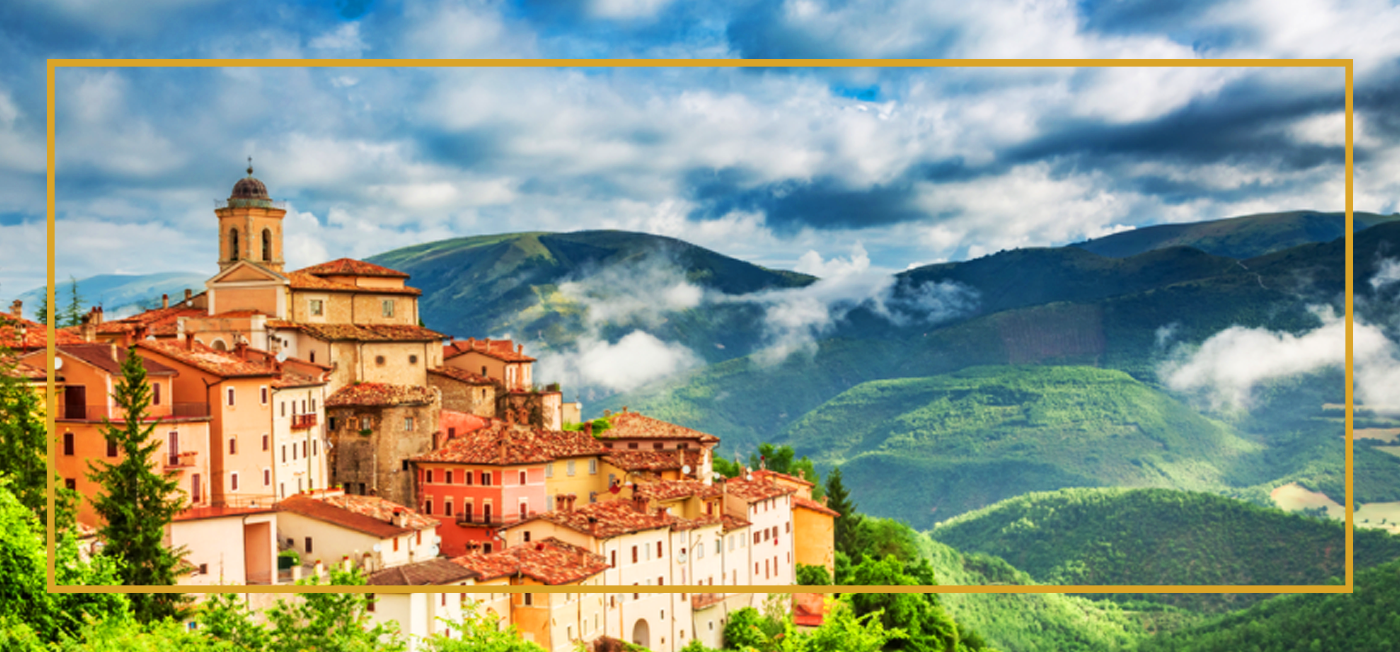
Made up of rolling countryside and historic cities and villages, in addition to the authentic food and lively culture, it is no surprise that tourists explore this exciting area and explore the Umbria Villas to learn more. Fortunately, peace and beauty now live in sleepless Umbria, which is in stark contrast to its turbulent history. This is evident in the serene tranquillity, excellent villages, rich history and breathtaking scenery.
On the outskirts of Umbria, there is a town called Perugia. Just like all roads lead to Rome, all roads in Perugia seem to lead to Piazza IV Novembre. I am horrible with directions so when we visited for a friend’s bachelorette, we just wandered around on whim and fancy to wherever our hearts desired. It turns out, Piazza IV Novembre is pretty hard to miss - no matter which road you take you will probably end up at the Piazza IV Novembre. My knowledge of the Italian language is limited to lonely planet guides and old gangster movies but I knew that piazza meant ‘centre’ - as in the centre of the town. What I didn’t know was the fact Piazza IV Novembre was originally known as Piazza Grande. Its name was changed to celebrate the date when World War I ended in Italy.
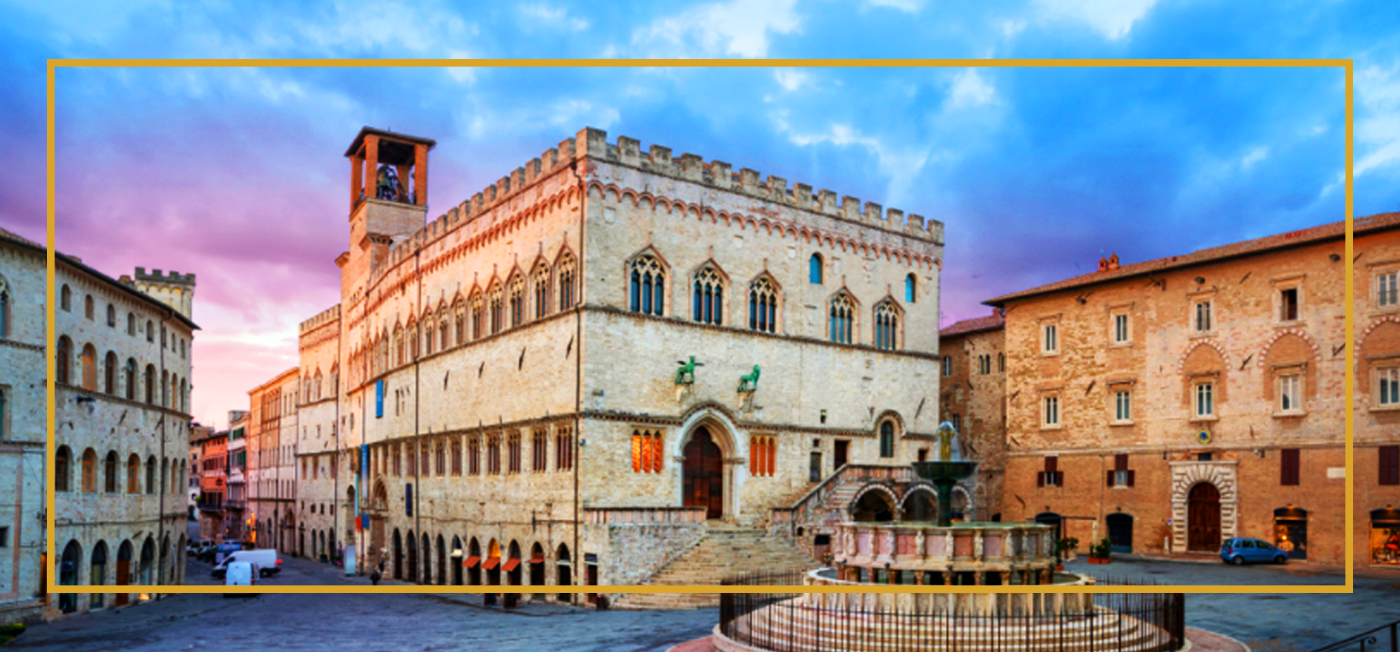
If you dive a little deeper into the history of the place, you may be surprised to learn that this is where the ancient Etruscans and Romans held their town meetings and addressed political questions in medieval times. I heard this from an old grandpa, pockmarked with age and an adorable accent that made his English incredibly hard to understand. Met him at this cafe where we spent countless hours of our trip sipping on the fine Italian coffee.
That coffee paired with the beautiful view of the famous rosy-coloured Fontana Maggiore, a fountain created by Nicola and Giovanni Pisano in the late 1200s.
Travel doesn’t get more blissful than that.
All along the perimeter of the fountain, we were surrounded by beautifully crafted monumental buildings of the city. During the dusk hours, the cafe filled with locals and music as we ate a hearty meal, talked and danced into the night.
Another town near Umbria is Assisi. The legend is that Rocca Maggiore existed roughly even before the 12th century. The imperial troops had conquered this historic fort and were rebuilt, only to be destroyed again in a riot to be rebuilt AGAIN in the 14th century. This abandoned fort is a perfect place to visit for solo travellers and photographers. Overstepping the fort on Assisi hill, I remember facing the spectacular panoramic view of the Umbrian valley and let out a loud roar of freedom. That trip was my first trip independent ever and I absolutely loved the freedom of the hike up the hill.
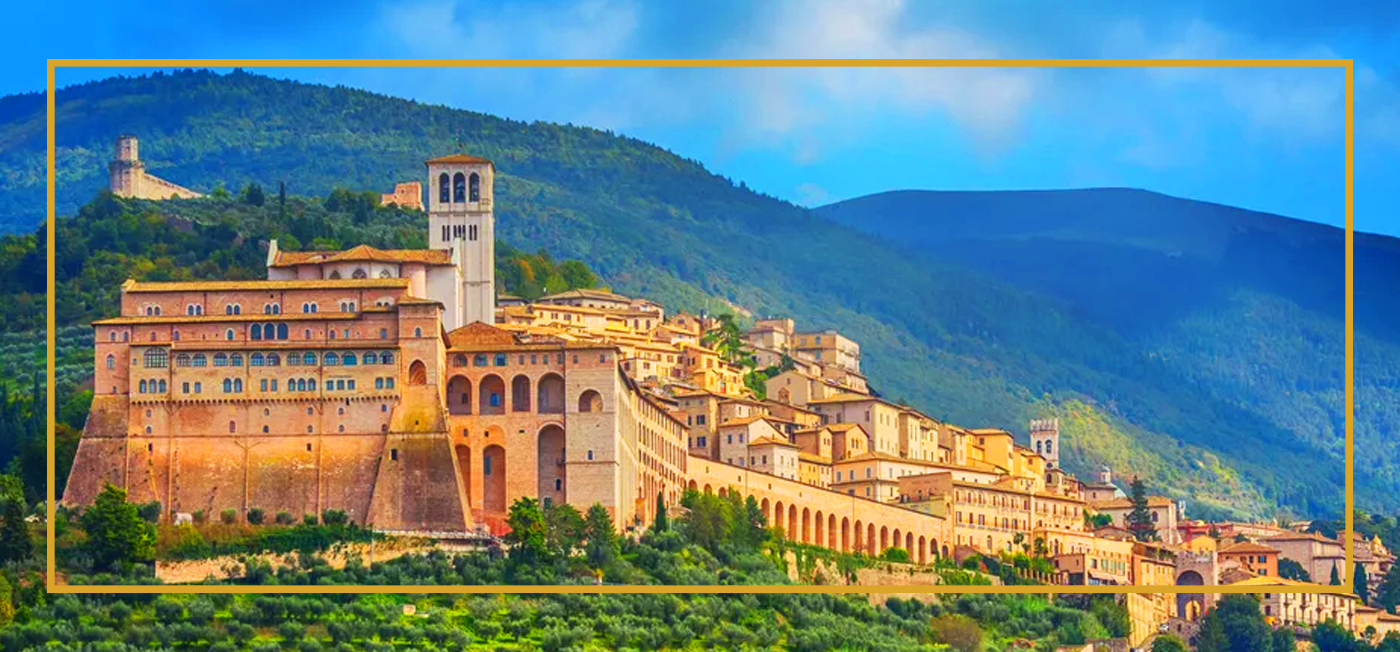
The front side of the fort overlooks the historical city centre of Assisi and the narrow ravine of the Tesco River below. Assisi has a lot of breathtaking views making it a delight for the photographers and models. The fun part was, I visited that fort during the off-season. Along with a couple of other photographers, I was ready to click some photos but neither one of us had a model at hand. So we just goofed around posing like we were pretending influencers.
Berlin is 800 years old, while the German Empire was founded 149 years ago. In the early 13th century, early merchants set up shop near present-day Museum Island. The name of the city may have come from the Slavic word "brl", which means swamp as it was known to lie in a plain of swamps, marshes and pine forests. One can not stop talking about the history of Berlin. Even the famous statue on the Brandenburg Gate is said to be stolen by Napoleon. Oh, this statue is my favourite part about Berlin. So, let's start with that.
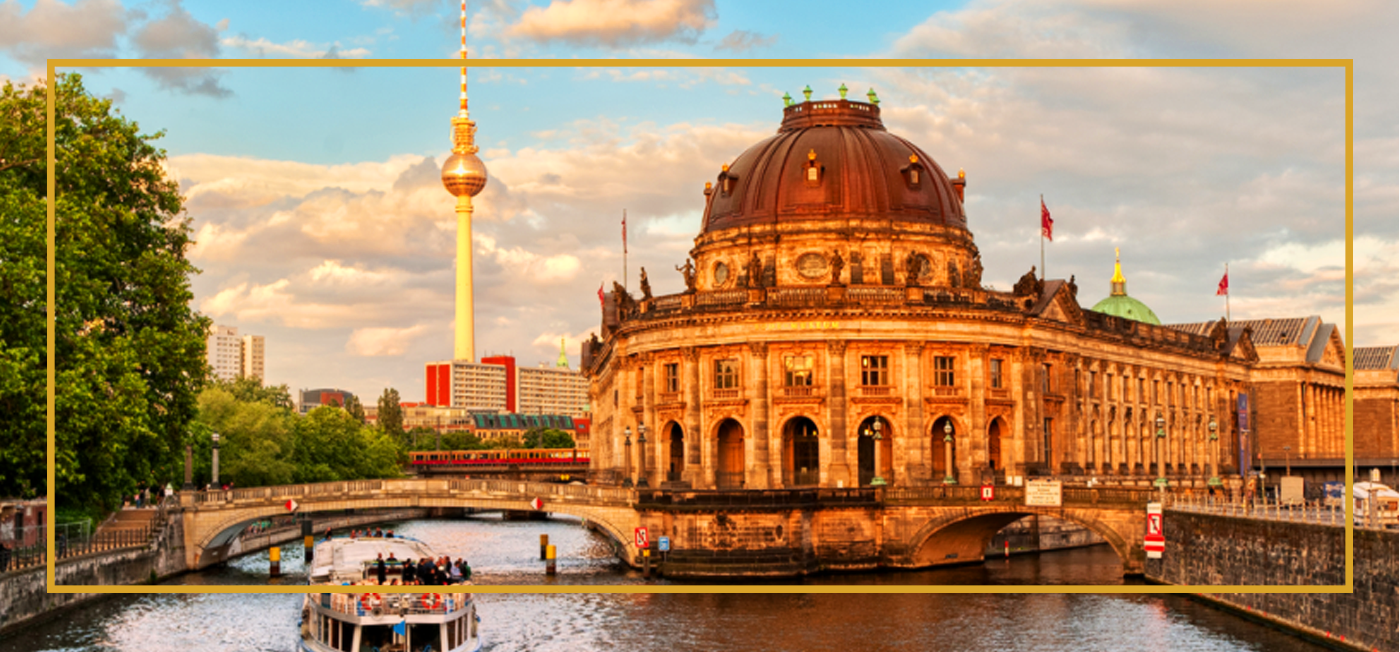
One might feel a bit low during one of those days, but witnessing the statue of "Quadriga" depicting the goddess of victory will fill your heart with heroism and grit. The sight of the goddess riding the chariot pulled four horses on the crown of the gate is one of those memories that fill me up with courage. The Brandenburg Gate once served as a famous landmark to the city of Berlin somewhere in the 18th century.
The Gate is known to be a symbol of peace, but over the years, according to different locals, the meanings changed over time. I was surprised to learn that this historic site has many more stories than what meets the eye at first glance. The Nazis made a likeness of this gate their party logo in the 1930s. It also became a reminder of the Cold War and a focal point during rallies and political speeches.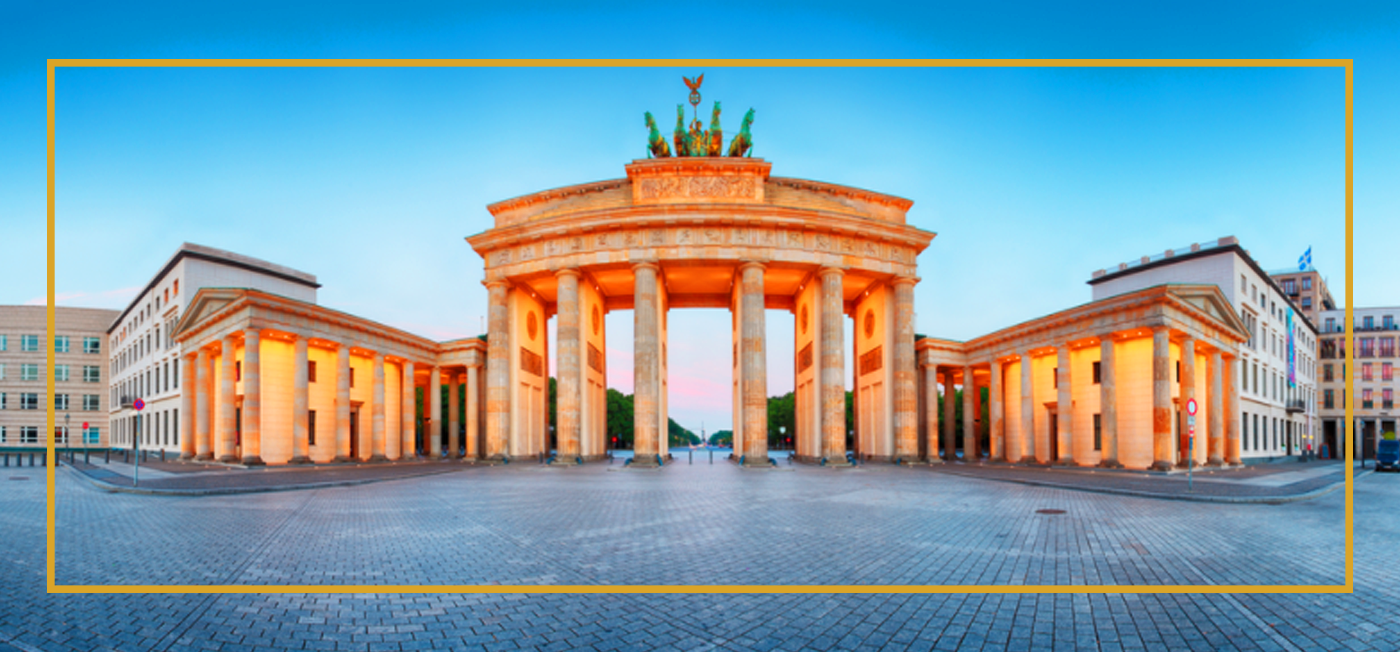
One minute I was admiring the beauty of the Brandenburg Gate and the next, I was drawn to the "Raum der Stille" (Room of Silence), calming me down and allowing me to enjoy the peace I didn't know I required. All in all, a memorable travel experience.
Reichstag is another famous historic destination in Berlin. Many know this place as the proud centre of the German Parliament, the Bundestag, but the origin of the monument is much deeper than that. The monument symbolises the heroic reunification of the country. When my guide, Henry, first said this simple line, I swear I imagined trumpets playing the victory rhythm. The building seems to have existed from the late 1800s, serving as the seat of the German Parliament.
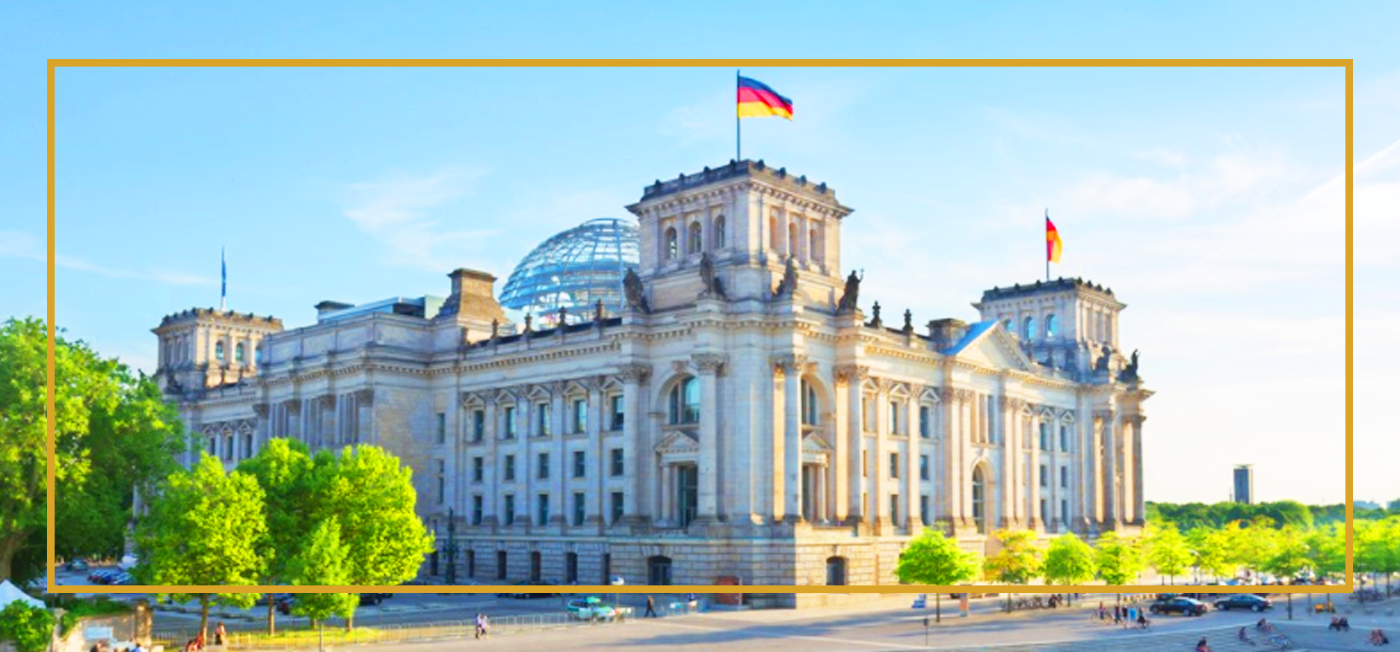
I know I promised history and now I have turned to civics, but this building is literally what power looks like. The richness of this building was effectively showcased by the architect Paul Wallot using elements like steel and glass being first of a kind. It now houses the most popular tourist attractions. I visited the place through one of the guided tours to learn more about the place. What intellectual discussions will you have while sitting on the green grass outside?
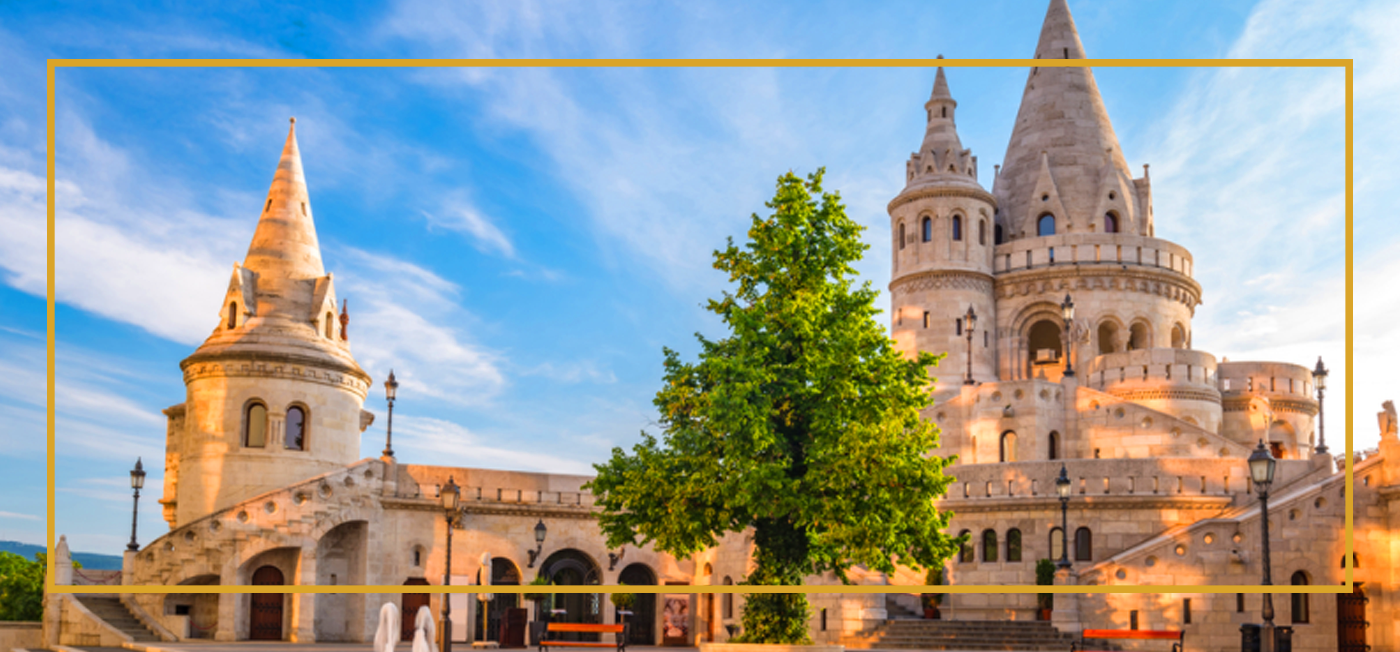
Also, when Óbuda, Buda & Pest were all growing together, they decided to join together to form 'Budapest,' originally named 'Pest-Buda' and later changed to appease the public.
Matthias is the favourite king of many Hungarians who disguised himself as a peasant, roaming the countryside, punishing the bad, rewarding the good, giving justice to the suppressed poor and publicly shaming the powerful and arrogant. When I planned a trip to Budapest, I had in mind to visit the Matthias Church, also known as The Church of Our Lady. Originally named after the Virgin Mary, Matthias Church was named after King Matthias in the 19th Century, who ordered the transformation of its original southern tower. My brother accompanied me to this prominent landmark on Castle Hill. Mark is more of an adventurous soul than I am. He is the type that likes to snorkel & hike while I just sit down, sip a beer and write down my musings about what people see. So you can imagine the push and pull whenever we travel together. So, what does this episode of family drama have to do with the church? Matthias Church was easily one of the first (and few) places we visited together where we didn't end up fighting about what we would do there. The visit to this centuries-old church left him just as speechless as it left me!
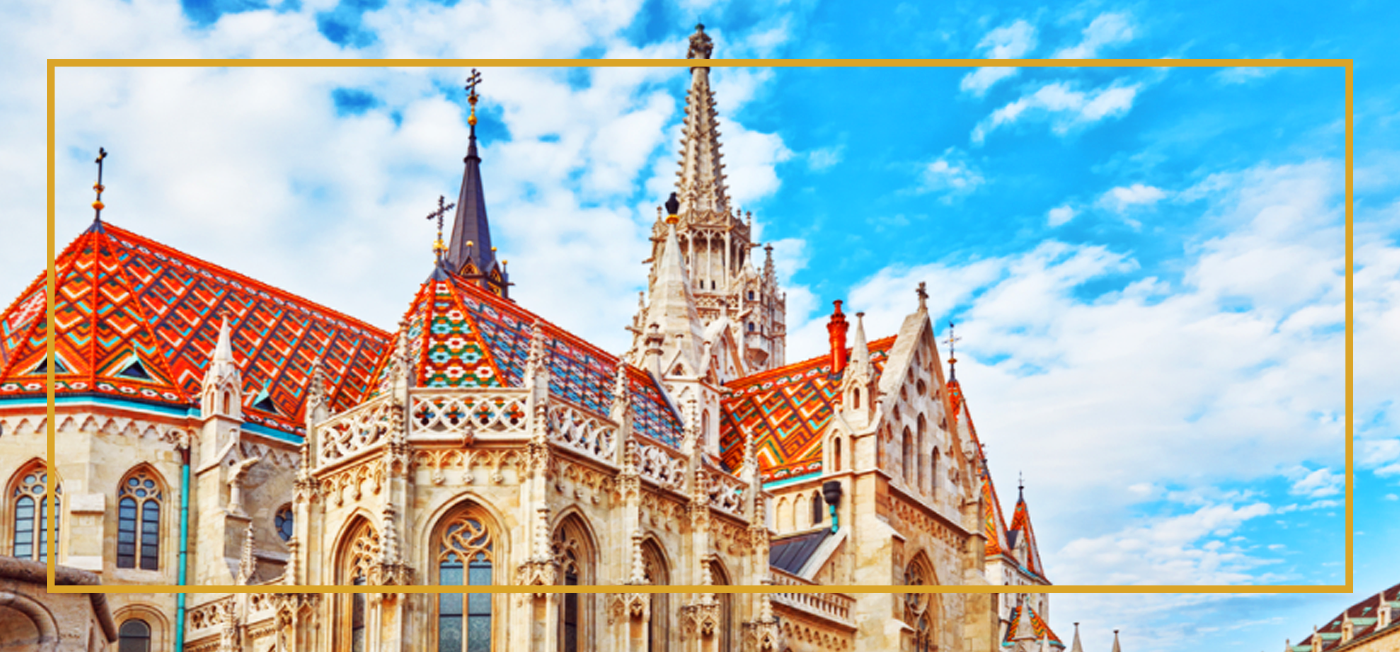
The church has witnessed several historical events like the coronation of King Charles I of Hungary, Emperor Franz Joseph I of Austria and his consort Elisabeth (Sissy) as rulers of Hungary. Today, they hold free organ concerts on Sunday evenings. It also is home to the famous Ecclesiastical Art Museum, located on the medieval crypt of the church and features a collection of sacred relics, stone carvings and replicas of the Hungarian crown jewels.
Gellért Hill is probably one of the most famous historical destinations in Budapest. Of course, I dragged Mark there too and as I was the photographer, I handed him a cross made from twigs and told him to pose just like the statue of Saint Gerard. Mark surely wasn't a 235-meter high dolomite block, but he surely could look like a monk if he tried. Talking about the statue, it overlooks the city of Danube. The feeling that crawls over one's mind is that the most beloved monk of Hungary is watching over you.
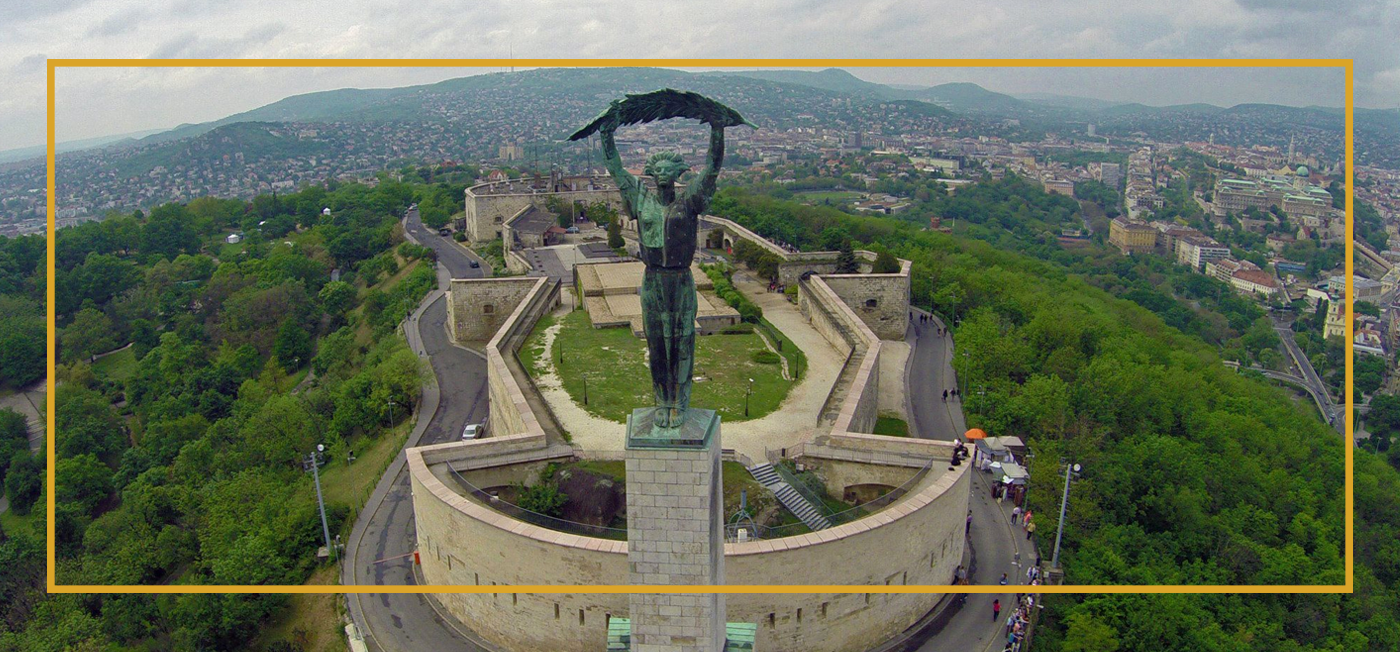
Just nearby the hill is Jubilee Park, where you can take a stroll. Also, the Rudas Baths and the Gellért Spa will rejuvenate you. They are known to be medicinal since the 13th century. The other Turkish bathhouses date back to the 1600s. A hot bath during the cool evenings was the best experience in all of Budapest. We had so much fun in Budapest, we were already looking up the Blue Lagoon in Iceland on the last day of our trip, planning for the next one.
A city that is home to the largest castle in the world - founded around 880 - one can only imagine what fantastical and magical experiences can come true in Prague. Here is an interesting story, the most famous Charles Bridge, which was built back in the 1300s, is said to be haunted by ghosts whose heads ended up on nearby spikes. Don't worry, the ghosts are known to mind their own business. I can't stop smiling and being amused by the Prague stories every time a friend comes back gushing about it. It feels like a place where your grandma would tell you fairy tales about and yet, as an adult, it holds a completely different appeal!

Did you know that the Prague astronomical clock is the only clock in the world capable of measuring the Babylonian time as it is unequal and is measured from the sunrise to the sunset? Also, there is a calendar dial in the lower part of the facade. It shows the day and its position within a week, a month and a year.
One of my friends that I made from an earlier trip to Prague had invited me to some local festival in Prague. Let me tell you, the city hadn't changed a bit. I was returning after a few years, but the buildings looked just as old as they looked before. The huge 15th-century astronomical clock would still look as wise as the old magician from the fables. I turn into the happy five-year-old when I see Christ marching out when the clock strikes at the hour, followed by 12 Apostles and a defiant Turk.
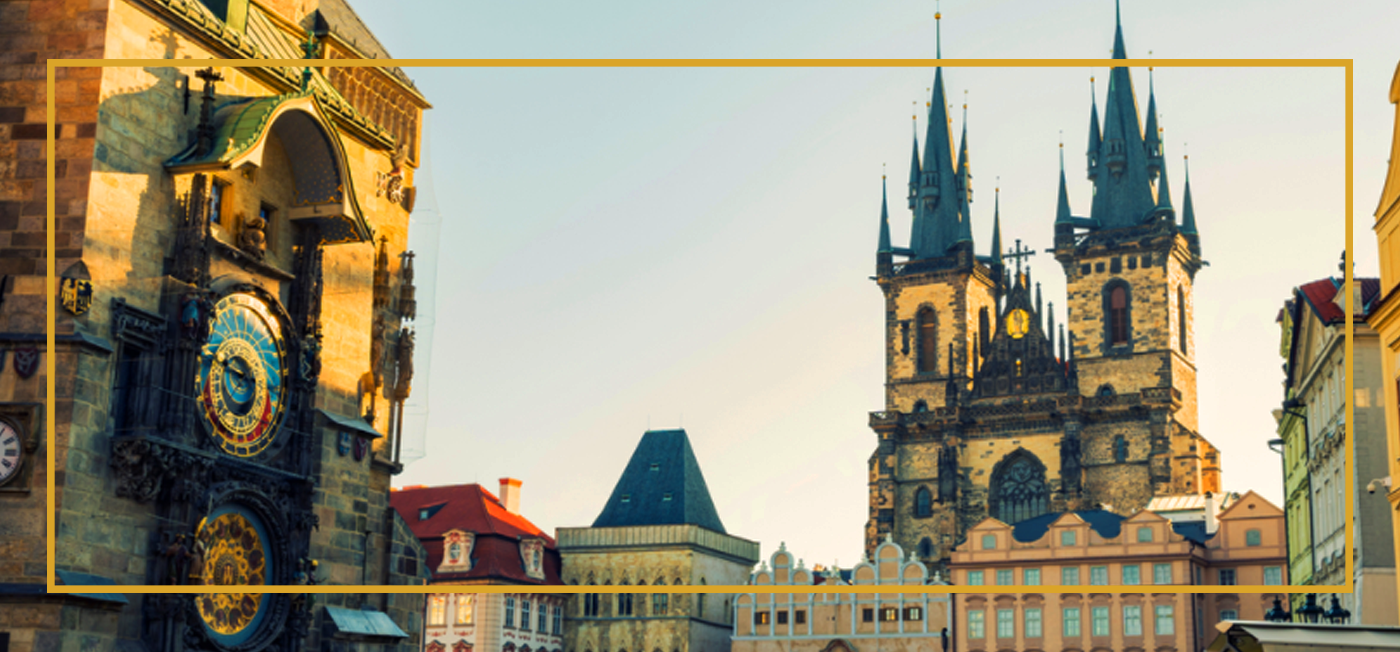
A little about the mechanism of the clock so that when you see the clock, you know exactly what the different hands of the clock show. There will be three circles on the dial showing different times.
The outer circle with the Schwabacher numerals is for the Old Czech Time.
The circle with the Roman numbers signifies Central European Time.
The inner circle with Arabic numerals is for the Babylonian Time.
Did you know that the Prague astronomical clock is the only clock in the world capable of measuring the Babylonian time as it is unequal and is measured from the sunrise to the sunset? Also, there is a calendar dial in the lower part of the facade. It shows the day and its position within a week, a month and a year.
I do not know when we will be able to time travel, but these two historical sites surely turn back time. If you wanted to see doorways that stand at the height of your chest, Golden Lanes is the place to be. Even the stories of some of the houses will make you want to feel like a hero in a sci-fi film. The houses were constructed in the 15th century, but only 14 houses remain after the mid 17th century. The stories as told by my local friend is that the name, Golden Lane, is derived and dedicated to the alchemists who used to turn metal into gold. A few other famous and exciting residents are a writer, Franz Kafka (house 22) and Prague Prophetess, Madame de Thebes.
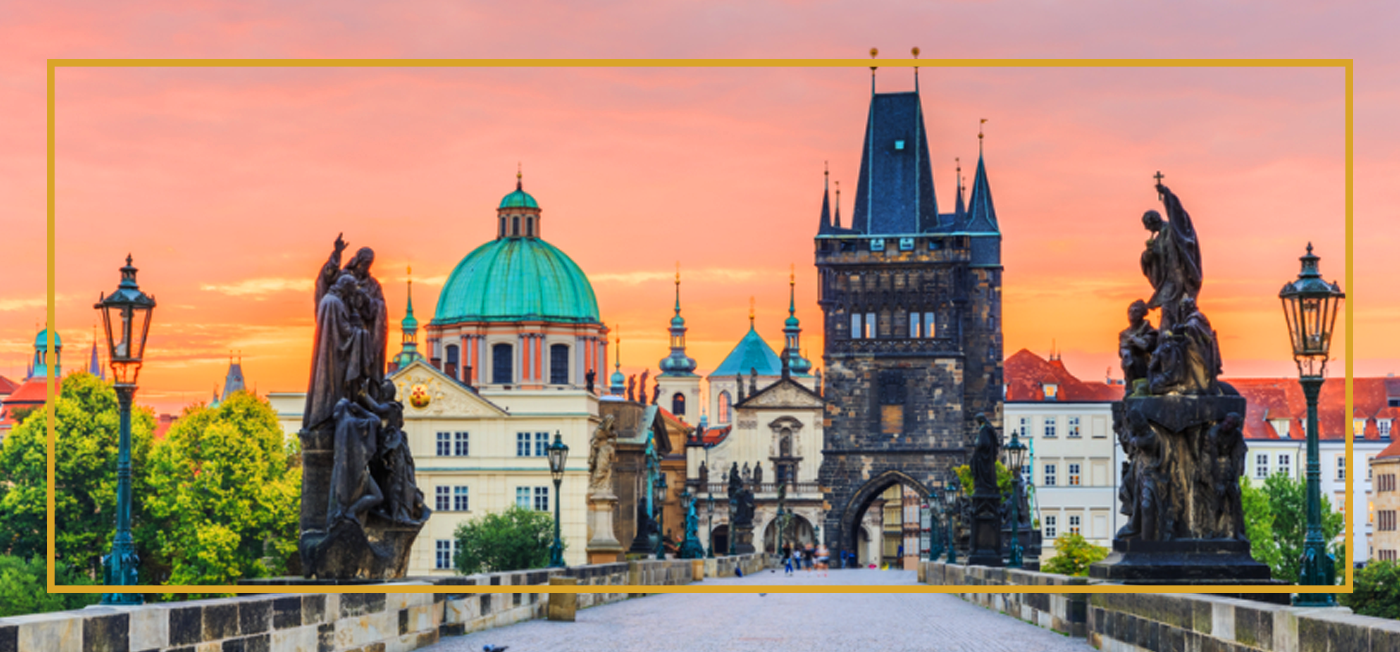
Charles Bridge is a stunning old bridge greeted by so many statues and artistic figures. It is the perfect spot for a romantic walk or an affordable art piece. The bridge is over the Vltava River and connects the Lesser Town to the Old town. Another interesting fact, the legend says that the constructor mixed egg yolks in the mortar to strengthen its consistency. When I first heard it, I thought it was some joke, but it is true. No wonder the bridge is always crowded - because of the delicious aroma wafting around.
The reason I prefer to visit historical sites and places is the unfiltered position of the city. A sight that has to be perceived from the centuries-old viewpoint. Viewing the location as per the rulers of that kingdom had dreamt their city to look like. It truly is amazing. Come to think of it, a few centuries down the lane, a writer would be writing about the location you are currently sitting at with a coffee in your hand and this thought truly inspires me to go out and embrace the historic archaeological sites.
We all know about the Eiffel Tower, the Tower of London and beyond. But for travellers who want to experience something a little different, it can be tricky to set aside tourist traps and crowds of people looking at the same old sites. Every country has countless historical treasures, each with its charm and enchanting background. There is no better continent for history buffs to visit than Europe. All you need is a guide to lesser-known places across Europe, which offers a more exciting travel experience. Are you a fan of historical sites? If you had the chance, what would you visit first?
Share your thoughts in the comments.
Not all travellers look for beach bars and city glitz.
Some of us are history nerds who can resist places steeped in tradition - places that whisper and hypnotize you with tales of bygone times. If you want to dive deeper and experience the true beauty of a place, you might want to skip modern malls and crusty tourist spots to veer off the beaten path where you may discover a tale or two as old as time.
Some of these historical sites seem so untouched by the modernity of the world that they can transport you to a different world altogether. If our last blog was a detour into the beach realms of sand and sunshine, this one will be filled with damp cellars, dusty books and walls that whisper a thousand stories. Follow along for a journey into some of the most beautiful historical sites of Europe that are still relatively untouched.
Umbria, famously known as the wine region of Italy, comes from Umbri, the name of an ancient tribe of people who settled in the 6th Century BC with archaeological proof dating back to the Bronze and the Iron ages. Even after so many centuries, Umbria captures the true essence of Italy.
Made up of rolling countryside and historic cities and villages, in addition to the authentic food and lively culture, it is no surprise that tourists explore this exciting area and explore the Umbria Villas to learn more. Fortunately, peace and beauty now live in sleepless Umbria, which is in stark contrast to its turbulent history. This is evident in the serene tranquillity, excellent villages, rich history and breathtaking scenery.
On the outskirts of Umbria, there is a town called Perugia. Just like all roads lead to Rome, all roads in Perugia seem to lead to Piazza IV Novembre. I am horrible with directions so when we visited for a friend’s bachelorette, we just wandered around on whim and fancy to wherever our hearts desired. It turns out, Piazza IV Novembre is pretty hard to miss - no matter which road you take you will probably end up at the Piazza IV Novembre. My knowledge of the Italian language is limited to lonely planet guides and old gangster movies but I knew that piazza meant ‘centre’ - as in the centre of the town. What I didn’t know was the fact Piazza IV Novembre was originally known as Piazza Grande. Its name was changed to celebrate the date when World War I ended in Italy.

If you dive a little deeper into the history of the place, you may be surprised to learn that this is where the ancient Etruscans and Romans held their town meetings and addressed political questions in medieval times. I heard this from an old grandpa, pockmarked with age and an adorable accent that made his English incredibly hard to understand. Met him at this cafe where we spent countless hours of our trip sipping on the fine Italian coffee.
That coffee paired with the beautiful view of the famous rosy-coloured Fontana Maggiore, a fountain created by Nicola and Giovanni Pisano in the late 1200s.
Travel doesn’t get more blissful than that.
All along the perimeter of the fountain, we were surrounded by beautifully crafted monumental buildings of the city. During the dusk hours, the cafe filled with locals and music as we ate a hearty meal, talked and danced into the night.
Another town near Umbria is Assisi. The legend is that Rocca Maggiore existed roughly even before the 12th century. The imperial troops had conquered this historic fort and were rebuilt, only to be destroyed again in a riot to be rebuilt AGAIN in the 14th century. This abandoned fort is a perfect place to visit for solo travellers and photographers. Overstepping the fort on Assisi hill, I remember facing the spectacular panoramic view of the Umbrian valley and let out a loud roar of freedom. That trip was my first trip independent ever and I absolutely loved the freedom of the hike up the hill.

The front side of the fort overlooks the historical city centre of Assisi and the narrow ravine of the Tesco River below. Assisi has a lot of breathtaking views making it a delight for the photographers and models. The fun part was, I visited that fort during the off-season. Along with a couple of other photographers, I was ready to click some photos but neither one of us had a model at hand. So we just goofed around posing like we were pretending influencers.
Berlin is 800 years old, while the German Empire was founded 149 years ago. In the early 13th century, early merchants set up shop near present-day Museum Island. The name of the city may have come from the Slavic word "brl", which means swamp as it was known to lie in a plain of swamps, marshes and pine forests. One can not stop talking about the history of Berlin. Even the famous statue on the Brandenburg Gate is said to be stolen by Napoleon. Oh, this statue is my favourite part about Berlin. So, let's start with that.

One might feel a bit low during one of those days, but witnessing the statue of "Quadriga" depicting the goddess of victory will fill your heart with heroism and grit. The sight of the goddess riding the chariot pulled four horses on the crown of the gate is one of those memories that fill me up with courage. The Brandenburg Gate once served as a famous landmark to the city of Berlin somewhere in the 18th century.
The Gate is known to be a symbol of peace, but over the years, according to different locals, the meanings changed over time. I was surprised to learn that this historic site has many more stories than what meets the eye at first glance. The Nazis made a likeness of this gate their party logo in the 1930s. It also became a reminder of the Cold War and a focal point during rallies and political speeches.
One minute I was admiring the beauty of the Brandenburg Gate and the next, I was drawn to the "Raum der Stille" (Room of Silence), calming me down and allowing me to enjoy the peace I didn't know I required. All in all, a memorable travel experience.
Reichstag is another famous historic destination in Berlin. Many know this place as the proud centre of the German Parliament, the Bundestag, but the origin of the monument is much deeper than that. The monument symbolises the heroic reunification of the country. When my guide, Henry, first said this simple line, I swear I imagined trumpets playing the victory rhythm. The building seems to have existed from the late 1800s, serving as the seat of the German Parliament.

I know I promised history and now I have turned to civics, but this building is literally what power looks like. The richness of this building was effectively showcased by the architect Paul Wallot using elements like steel and glass being first of a kind. It now houses the most popular tourist attractions. I visited the place through one of the guided tours to learn more about the place. What intellectual discussions will you have while sitting on the green grass outside?

Also, when Óbuda, Buda & Pest were all growing together, they decided to join together to form 'Budapest,' originally named 'Pest-Buda' and later changed to appease the public.
Matthias is the favourite king of many Hungarians who disguised himself as a peasant, roaming the countryside, punishing the bad, rewarding the good, giving justice to the suppressed poor and publicly shaming the powerful and arrogant. When I planned a trip to Budapest, I had in mind to visit the Matthias Church, also known as The Church of Our Lady. Originally named after the Virgin Mary, Matthias Church was named after King Matthias in the 19th Century, who ordered the transformation of its original southern tower. My brother accompanied me to this prominent landmark on Castle Hill. Mark is more of an adventurous soul than I am. He is the type that likes to snorkel & hike while I just sit down, sip a beer and write down my musings about what people see. So you can imagine the push and pull whenever we travel together. So, what does this episode of family drama have to do with the church? Matthias Church was easily one of the first (and few) places we visited together where we didn't end up fighting about what we would do there. The visit to this centuries-old church left him just as speechless as it left me!

The church has witnessed several historical events like the coronation of King Charles I of Hungary, Emperor Franz Joseph I of Austria and his consort Elisabeth (Sissy) as rulers of Hungary. Today, they hold free organ concerts on Sunday evenings. It also is home to the famous Ecclesiastical Art Museum, located on the medieval crypt of the church and features a collection of sacred relics, stone carvings and replicas of the Hungarian crown jewels.
Gellért Hill is probably one of the most famous historical destinations in Budapest. Of course, I dragged Mark there too and as I was the photographer, I handed him a cross made from twigs and told him to pose just like the statue of Saint Gerard. Mark surely wasn't a 235-meter high dolomite block, but he surely could look like a monk if he tried. Talking about the statue, it overlooks the city of Danube. The feeling that crawls over one's mind is that the most beloved monk of Hungary is watching over you.

Just nearby the hill is Jubilee Park, where you can take a stroll. Also, the Rudas Baths and the Gellért Spa will rejuvenate you. They are known to be medicinal since the 13th century. The other Turkish bathhouses date back to the 1600s. A hot bath during the cool evenings was the best experience in all of Budapest. We had so much fun in Budapest, we were already looking up the Blue Lagoon in Iceland on the last day of our trip, planning for the next one.
A city that is home to the largest castle in the world - founded around 880 - one can only imagine what fantastical and magical experiences can come true in Prague. Here is an interesting story, the most famous Charles Bridge, which was built back in the 1300s, is said to be haunted by ghosts whose heads ended up on nearby spikes. Don't worry, the ghosts are known to mind their own business. I can't stop smiling and being amused by the Prague stories every time a friend comes back gushing about it. It feels like a place where your grandma would tell you fairy tales about and yet, as an adult, it holds a completely different appeal!

Did you know that the Prague astronomical clock is the only clock in the world capable of measuring the Babylonian time as it is unequal and is measured from the sunrise to the sunset? Also, there is a calendar dial in the lower part of the facade. It shows the day and its position within a week, a month and a year.
One of my friends that I made from an earlier trip to Prague had invited me to some local festival in Prague. Let me tell you, the city hadn't changed a bit. I was returning after a few years, but the buildings looked just as old as they looked before. The huge 15th-century astronomical clock would still look as wise as the old magician from the fables. I turn into the happy five-year-old when I see Christ marching out when the clock strikes at the hour, followed by 12 Apostles and a defiant Turk.

A little about the mechanism of the clock so that when you see the clock, you know exactly what the different hands of the clock show. There will be three circles on the dial showing different times.
The outer circle with the Schwabacher numerals is for the Old Czech Time.
The circle with the Roman numbers signifies Central European Time.
The inner circle with Arabic numerals is for the Babylonian Time.
Did you know that the Prague astronomical clock is the only clock in the world capable of measuring the Babylonian time as it is unequal and is measured from the sunrise to the sunset? Also, there is a calendar dial in the lower part of the facade. It shows the day and its position within a week, a month and a year.
I do not know when we will be able to time travel, but these two historical sites surely turn back time. If you wanted to see doorways that stand at the height of your chest, Golden Lanes is the place to be. Even the stories of some of the houses will make you want to feel like a hero in a sci-fi film. The houses were constructed in the 15th century, but only 14 houses remain after the mid 17th century. The stories as told by my local friend is that the name, Golden Lane, is derived and dedicated to the alchemists who used to turn metal into gold. A few other famous and exciting residents are a writer, Franz Kafka (house 22) and Prague Prophetess, Madame de Thebes.

Charles Bridge is a stunning old bridge greeted by so many statues and artistic figures. It is the perfect spot for a romantic walk or an affordable art piece. The bridge is over the Vltava River and connects the Lesser Town to the Old town. Another interesting fact, the legend says that the constructor mixed egg yolks in the mortar to strengthen its consistency. When I first heard it, I thought it was some joke, but it is true. No wonder the bridge is always crowded - because of the delicious aroma wafting around.
The reason I prefer to visit historical sites and places is the unfiltered position of the city. A sight that has to be perceived from the centuries-old viewpoint. Viewing the location as per the rulers of that kingdom had dreamt their city to look like. It truly is amazing. Come to think of it, a few centuries down the lane, a writer would be writing about the location you are currently sitting at with a coffee in your hand and this thought truly inspires me to go out and embrace the historic archaeological sites.
We all know about the Eiffel Tower, the Tower of London and beyond. But for travellers who want to experience something a little different, it can be tricky to set aside tourist traps and crowds of people looking at the same old sites. Every country has countless historical treasures, each with its charm and enchanting background. There is no better continent for history buffs to visit than Europe. All you need is a guide to lesser-known places across Europe, which offers a more exciting travel experience. Are you a fan of historical sites? If you had the chance, what would you visit first?
Share your thoughts in the comments.
SHARE ON